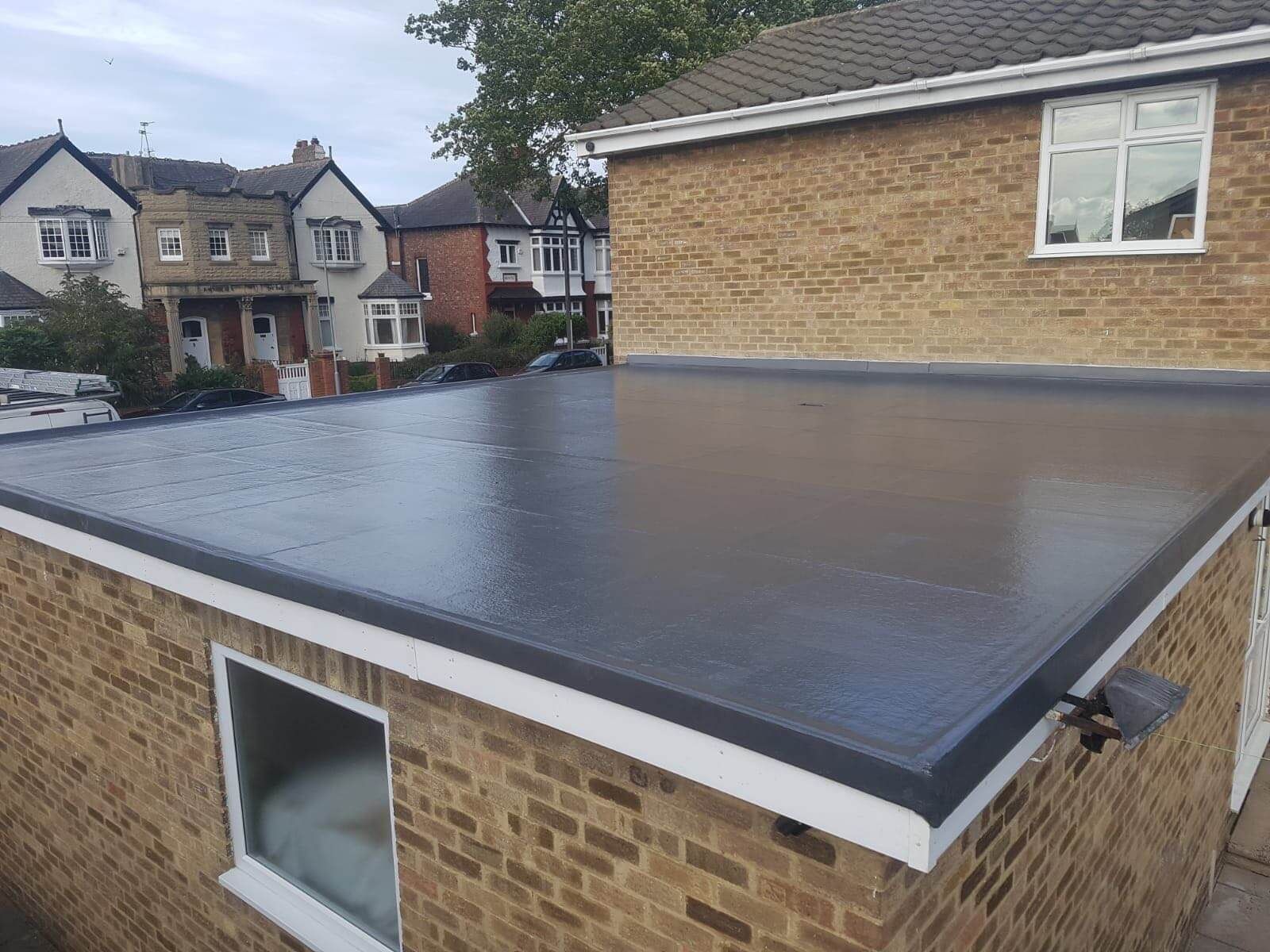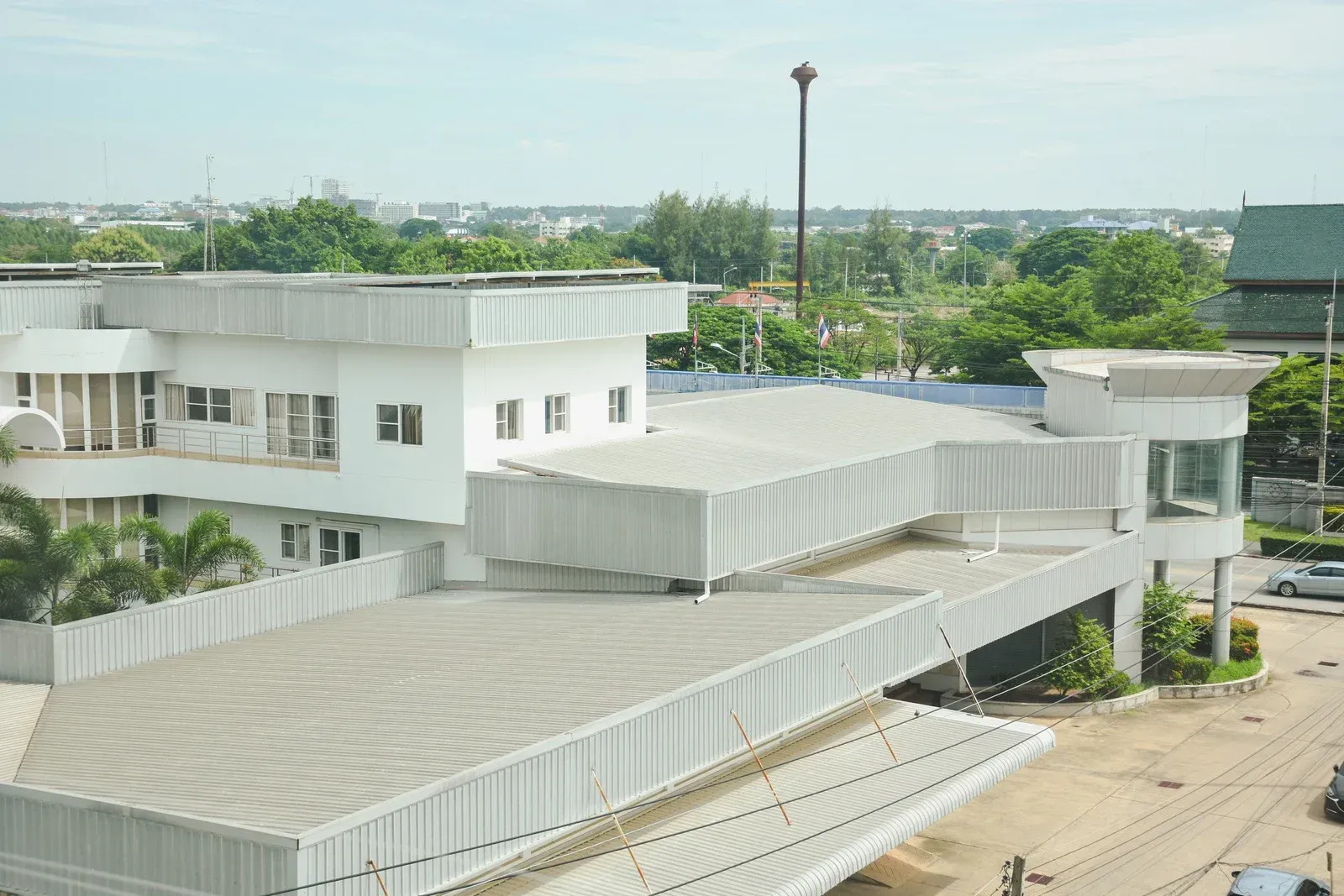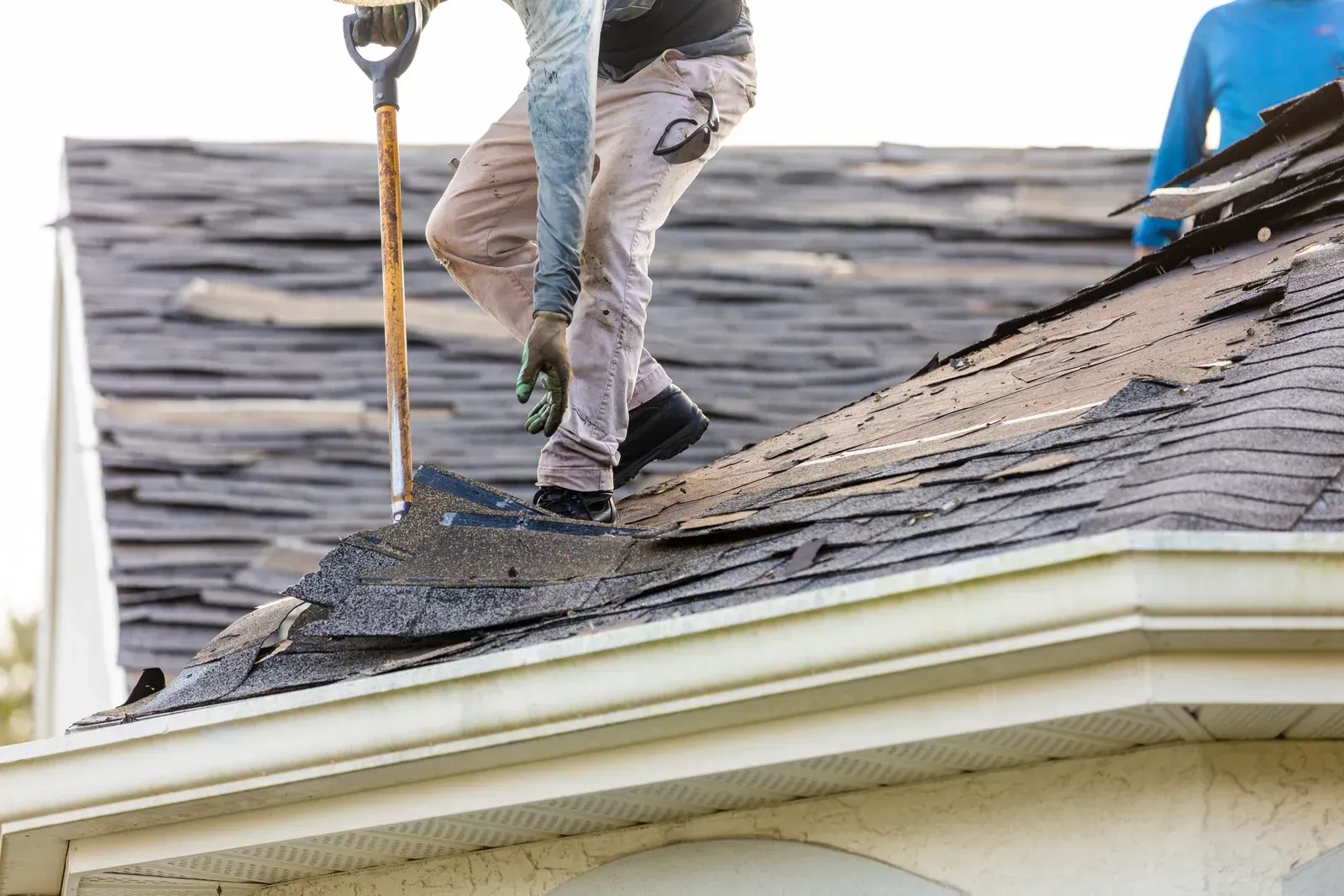What to Consider Before Adding Skylights to Your Roof
Adding
skylights can transform any interior by bringing in natural light and improving ventilation. They create a bright, open feel that enhances comfort and energy efficiency. However, installing skylights requires careful planning and the right professional guidance. Understanding key factors before installation ensures the skylights add value, safety, and beauty to your home without future problems.
Evaluate Roof Structure and Design
The first step before installing skylights is to assess your roof’s structure. Not all roofs can support a skylight safely. Flat roofs often require special designs to prevent water pooling, while steep roofs may need custom flashing for proper sealing.
A professional roofing contractor checks the framing, slope, and existing materials to confirm compatibility. The position of rafters and trusses determines where skylights can fit without weakening structural integrity. Proper planning at this stage prevents costly errors later and ensures long-term durability.
Choose the Right Skylight Type
Different skylight designs serve different purposes. Fixed skylights allow light but cannot open, making them ideal for areas that only need brightness. Ventilated skylights, on the other hand, open to let in fresh air and release moisture, which suits kitchens, bathrooms, and attics. Tubular skylights work well for smaller spaces, channeling sunlight through reflective tubes.
Each type affects energy use, airflow, and comfort differently. Discussing your needs with an experienced contractor helps you select the most effective option for your home’s layout and lighting goals.
Consider Energy Efficiency
Skylights influence indoor temperature and energy costs, so efficiency should be a top concern. Energy-efficient skylights with double glazing, low-emissivity coatings, or insulated frames reduce heat transfer and minimize glare.
The placement of the skylight also affects energy performance. South-facing skylights collect more sunlight, which can increase warmth, while north-facing ones offer steady light without much heat gain. Choosing energy-efficient models keeps rooms comfortable throughout the year and lowers heating or cooling bills.
Pay Attention to Waterproofing and Sealing
Poor installation often leads to leaks and long-term roof damage. Waterproofing and proper flashing are critical for keeping out rainwater and preventing mold. A qualified roofing professional ensures that seals, joints, and flashing materials fit securely around the skylight frame.
Roofers also check nearby shingles and underlayment to maintain consistent protection. High-quality sealing prevents water from seeping into insulation or ceilings, extending both roof and skylight life.
Think About Placement and Light Control
Where you install a skylight affects how much light enters the room and how it spreads during the day. Skylights placed directly above work areas may cause glare, while those near walls can provide softer, balanced lighting. Adding blinds or shades offers control over brightness and privacy when needed. Proper placement ensures that the skylight adds charm without disrupting comfort.
Hire an Experienced Roofing Contractor
Installing skylights is not a simple task. Professional expertise is essential to ensure safety, accurate fitting, and lasting performance. Roofing experts understand how to integrate skylights into existing roof systems without causing damage. They also guide you in selecting materials that complement your roof’s design and meet local building codes.
Conclusion
Before adding skylights, homeowners should assess roof structure, energy performance, waterproofing, placement, and professional installation.
For dependable skylight and roofing services across Brooklyn, Manhattan, Staten Island, Queens, NY, and nearby areas, Rocco's All Type Roofing
offers expert solutions that combine durability, design, and comfort.




